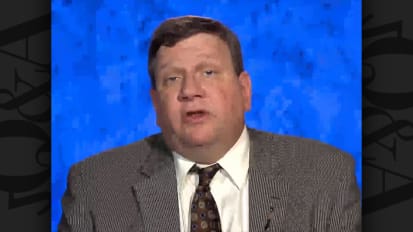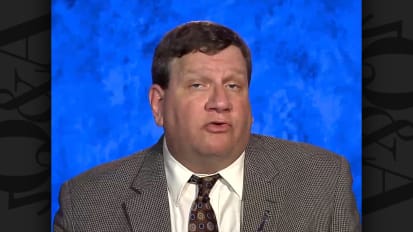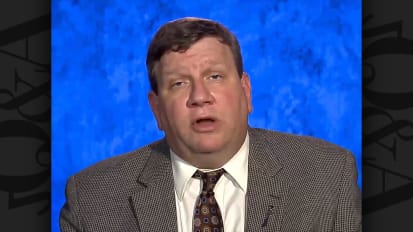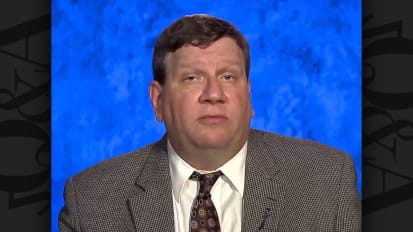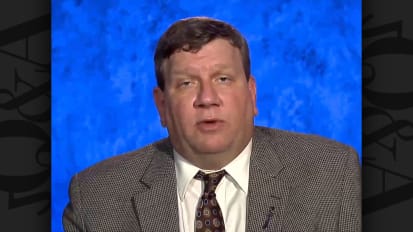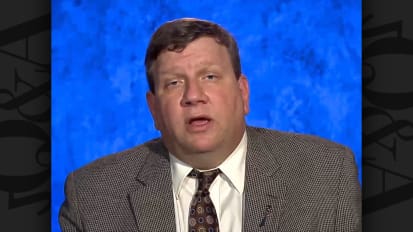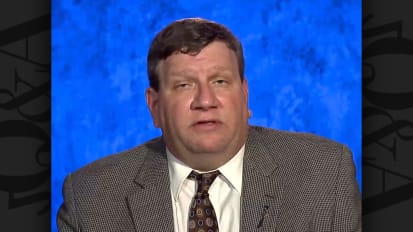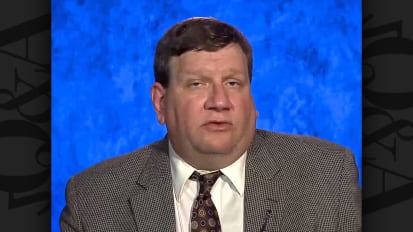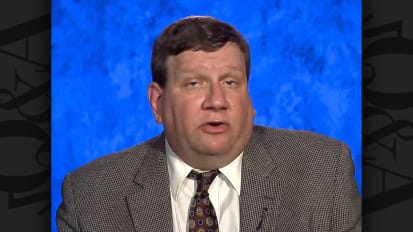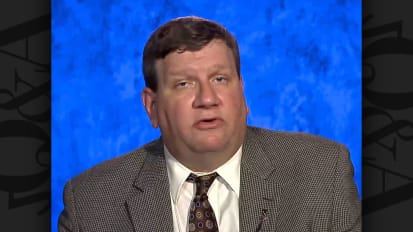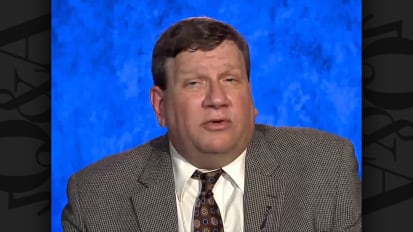Eric M. Ruderman, MD

Professor of Medicine
Division of Rheumatology
Northwestern University, Feinberg School of Medicine
Chicago, Illinois
What patient types or clinical scenarios—sex of patient, aggressiveness of disease, poor treatment response, host risk factors, history of response, etc.—are ideally aligned with agents targeting IL-6?
When, for reasons of toleration, combination therapy with methotrexate is not possible, what is the role of biologic agents, including IL-6 inhibitors, as part of monotherapeutic regimen?
What are the strengths and weaknesses of conventional measures of RA disease activity (i.e., ACR scores) as compared to the increasingly important patient-reported outcomes (PROS) that are being used in clinical trials? And what is the role of treat-to-target?
How should one optimally “sequence” therapy in patients who require biologic therapy? Is there a “one-sequence-fits-all” strategy?
What are the triggers for using a biologic agent? How early in the course of the disease is initiation with a TNFI or IL-6 inhibitor warranted?
Upon failure of a TNFI, what is the evidence and rationale for switching to an agent with an alternative MOA, including an IL-6 inhibitor or T-cell co-modulating agent?
What is the rationale for early DMARD therapy once the diagnosis of RA is established?
What is the rationale for early DMARD therapy once the diagnosis of RA is established?
What biomarkers or clinical or symptomatic metrics have you used to identify those patients who will clearly require biologic therapy as foundational approach?
How do we identify RA patients that are likely to respond to inhibition of TNF vs. those likely to respond to inhibition of IL-6 cytokine?
What side effects should we be on the lookout for in patients treated with IL-6 inhibitors? And how should we manage them?
How precise is our understanding of the comparative effectiveness of targeting different cytokine or immune-mediating signaling systems? How long do the effects of a biologic last?
How do define loss of response to a DMARD-based therapy in RA? What markers do you use? Is remission always the end point?


